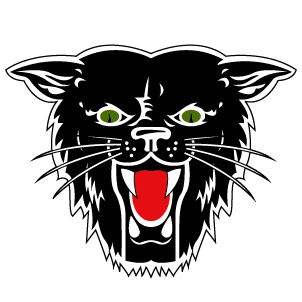Our Curriculum
Parents as Teachers utilizes the national Foundational curriculum as our parent education program. Our curriculum focuses on parent-child interaction, development-centered parenting, and family well-being. Other goals of the curriculum include building on the strengths, capabilities and skills of the child and family, and building protective factors within the family.
Our curriculum focuses on five areas of child development: language development, social-emotional development, motor development, cognitive development, and perceptual development.
Language Development
Expressive Language refers to what babies can say on their own: the sounds, words, and eventually sentences they speak. It is the sounds that babies produce in order to communicate, including crying, babbling, jargon speech, and eventually true words. Receptive Language is also called language comprehension and is what babies can understand. What sounds, words, and sentences make sense to them? Receptive language is the ability of the baby to understand language that is directed towards them. It is the words, voice inflections, and gestures a baby understands but does not necessarily produce. Babies have been experiencing this since birth.
Social-Emotional Development
Emotional development is the growing ability to handle emotions and remember feelings. Babies use emotional signals to figure out what is going on in their world. Babies remember emotions that were communicated. Toddlers begin to experience new emotions, as the areas of the brain mature. Toddlers are very emotional and get their feelings hurt easily. Social development is the ability to seek social interaction and enjoy watching others. Children learn through the reactions and responses of caregivers. By watching their parents' responses, children learn what behaviors are acceptable.
Motor Development
Gross motor refers to the maturation and coordination of the large muscles of the body. It includes locomotor skills (crawling, walking, running, jumping, hopping, galloping, and skipping), non-locomotor skills (bending, turning, stretching, twisting, etc.), manipulative skills (throwing, catching, kicking, rolling, and striking), and physical abilities (balance, flexibility, agility, and strength). Fine motor refers to the control, coordination, and refined movement of the small muscles of the body. An infant uses their little and ring fingers to hold objects against their palm. Small muscles include the muscles in the fingers, toes, eyes, and muscles in the mouth and tongue.
Cognitive Development
Cognitive development refers to the growth of knowledge and mental abilities involved in thinking, remembering, imagining, creating, making logical deductions, solving, and making generalizations. At four months, babies have some expectation that objects continue to exist when no longer in view. At 14-24 months, trial and error is the baby's problem-solving technique. A child can show remarkable persistence. They become great imitators; they remember actions long after they were modeled.
Perceptual Development
Babies use their vision and motor movement together. You can almost see them thinking when they bat at an object. Perceptual development is when a child gathers important information about their surroundings through his eyes (visual), ears (auditory), skin (tactile), muscles/joints (proprioceptive), and movement (kinesthetic). It is about the development of what the brain is capable of doing with perceptual or sensory input. It greatly influences a child's ability to move effectively and efficiently. For instance, as a child learns to go down the stairs, they will look to see that their foot is on the step and their hand is on the railing. Movement experiences will also help them learn that they have two sides to their body, where their body is in space, and that they can throw and object to a target with control and precision.
